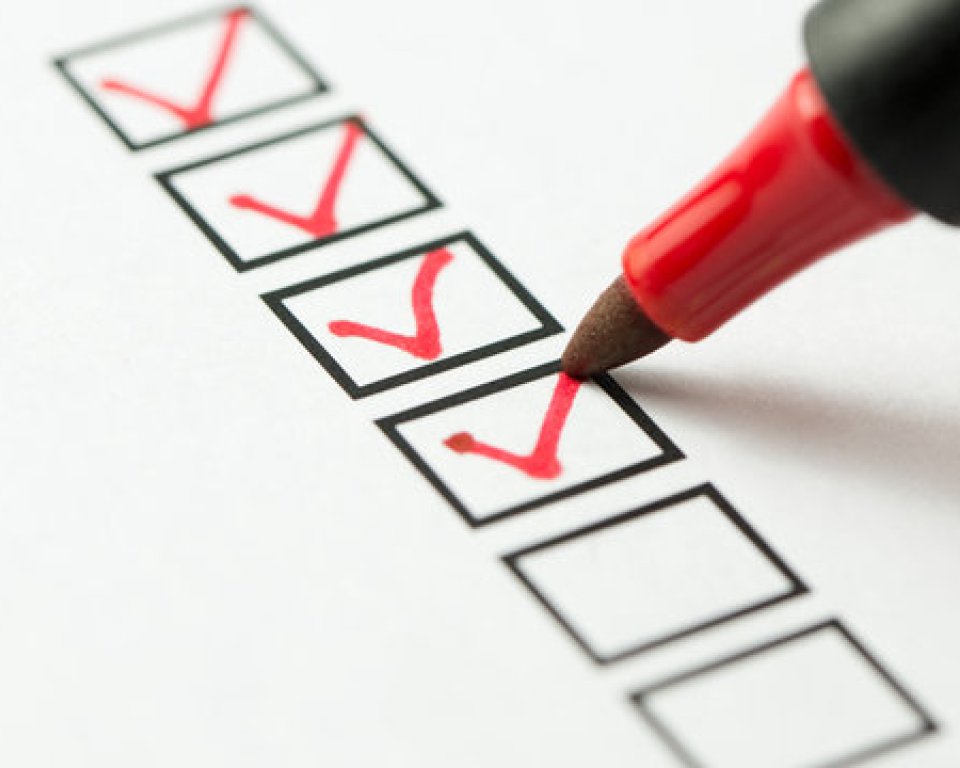10 tips for a better website
Curious about how you can improve your website? Read our 10 tips to find out how.

1. Make every decision you make on your website with your visitor in mind.
Try to think like a visitor to your website. What would work best for the visitor? Ask people around you, use a feedback option on your website, and review your website statistics.
2. Everyone participates!
It is important that your website is accessible to everyone. Just as someone in a wheelchair must be able to access the station or town hall, someone with reduced or no vision must be able to navigate your website easily. This includes a good heading structure, accessible PDFs, no text on images, no decorative images with alt text, and sufficient contrast on your website.
3. Make sure you have a good introduction on every page.
Indicate what visitors can do and expect on the page. For search engines such as Google, a good introduction helps to index the page better.
4. Use a call to action button.
Visitors to a page want to get to the section they are looking for as quickly as possible. In addition, every page has a purpose, and you can use a button to direct visitors there. It is best to place one, and no more than two, call-to-action buttons on each page. Too many buttons will confuse visitors: which one should I click on?
5. Create good descriptive links
"Click here" is still often used. However, users know that they can click on a link. It is therefore not necessary to use "Click here" on a link. Suppose the municipality of Sloterburg has a page about building permits with a link to more information. Sometimes "Click here for more information" is used, but "Information about building permits in the municipality of Sloterburg" is a much better link. It is clear what the link is about and what you can find there.
6. Use white space for calm and clarity
White space creates calm and clarity. It helps visitors find the information they are looking for more quickly. By using white space, you can draw more attention to important parts of your website. More white space around a particular section indicates that it is an important section. An additional tip is to keep it simple and choose black or dark gray text.
7. Use bullet points and lists
Bullet points and lists make your page clear and ensure that visitors can quickly find the information they need. Make sure that the lists are not too long. A maximum of seven items in a list keeps it clear.
8. Use meta descriptions on as many pages as possible
Visitors to your website often start their search in Google. Make sure that the descriptions of the search results are correct. These descriptions are called meta descriptions. In our website solution, you can fill in this description in the teaser paragraph or in the right-hand column under the heading "meta tags." The more pages that have a meta description, the better. To get started, you can add a meta description to the homepage and the top 20 most visited pages.
9. Keep users on your website longer by displaying relevant content on pages.
In addition to helping visitors see more relevant content, it also gives your organization a chance to give visitors more. You'll see that this also lowers the bounce rate on news articles, for example. The bounce rate is the percentage of visitors who arrive at a particular page and immediately leave the website after visiting that page. It is also better for the Google indexing of your website if visitors stay on the website longer.
10. Use tools such as Google My Business and Google Search Console.
It is advisable to provide Google with as much information as possible about your organization and website. In Google My Business, you can enter your address and opening hours, but also respond to reviews and questions from users. In Google Search Console, you can, for example, submit your sitemap, request a re-index of a specific page, and find out which search terms visitors use to find your website.
Questions?
Would you like to know more about websites and CMS? Or about switching to our website solution?


